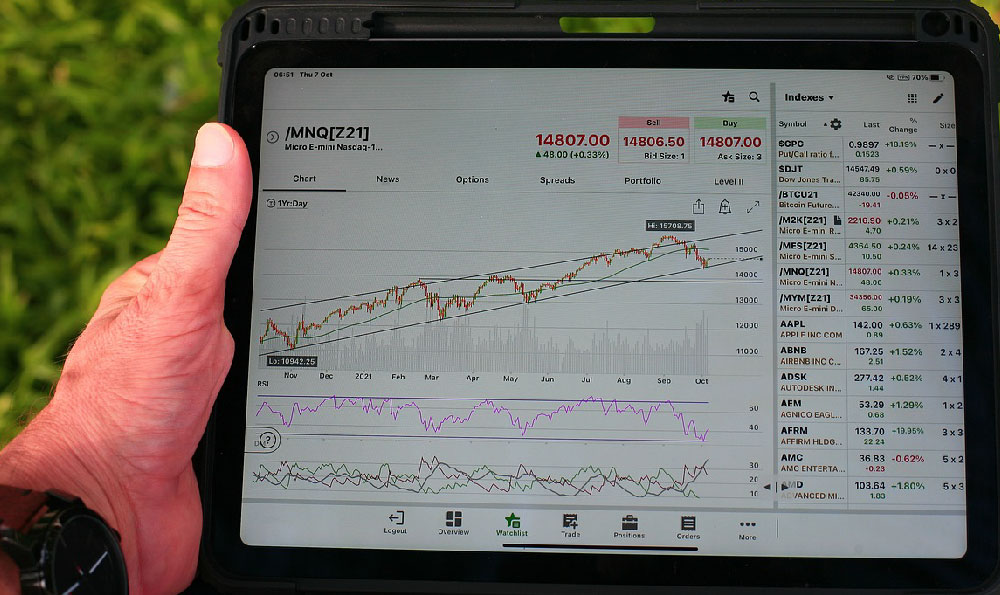How Does Temu Generate Revenue? What Is Temu's Business Model?

Temu, the disruptive e-commerce platform that has rapidly gained popularity, particularly in the Western markets, operates on a compelling business model that allows it to offer incredibly low prices. Understanding how Temu generates revenue and the mechanics of its business model is crucial to appreciating its success and assessing its long-term sustainability. At its core, Temu's revenue generation is multifaceted, relying on a combination of high sales volume, a commission-based structure for its sellers, advertising revenue, and strategic cost management, all underpinned by its parent company PDD Holdings' extensive experience and infrastructure in the Chinese manufacturing and logistics ecosystem.
One of the primary drivers of Temu's revenue is, of course, the sheer volume of sales it achieves. By offering an incredibly diverse range of products, from clothing and electronics to home goods and beauty products, all at rock-bottom prices, Temu attracts a massive customer base. This strategy is not new in e-commerce, but Temu distinguishes itself through the aggressive pricing and wide product selection, fueling significant order volume. The logic here is straightforward: even with relatively small profit margins on individual items, the cumulative effect of millions of transactions generates substantial revenue. This model hinges on efficient logistics and streamlined operations to handle the vast quantities of goods being shipped globally.
Beyond direct sales, Temu operates on a commission-based system for the sellers who list their products on the platform. Temu doesn't manufacture or hold inventory for most of the products; instead, it acts as a marketplace, connecting consumers with suppliers primarily located in China. Sellers pay Temu a commission on each sale, which constitutes a significant revenue stream for the platform. The commission rate can vary depending on product category, seller performance, and other factors. This commission structure incentivizes sellers to list on Temu, providing them with access to a large international audience, and simultaneously allows Temu to profit from each transaction without the burden of directly managing inventory. The specifics of these commission rates are often subject to negotiation and change as Temu refines its business model.

Advertising revenue also plays a role, albeit a smaller one compared to sales and commissions, in Temu's overall revenue generation. Sellers can pay for sponsored product listings to increase the visibility of their goods on the platform. This "pay-to-play" model ensures that sellers who are willing to invest in advertising have a greater chance of reaching potential customers. While currently less prominent than the other revenue streams, advertising revenue is likely to grow as Temu's user base expands and competition among sellers intensifies. It's a natural progression in the platform's maturation, mirroring the strategies employed by other large e-commerce marketplaces.
Crucially, Temu's business model is heavily reliant on cost management, particularly in logistics and supply chain operations. PDD Holdings, Temu's parent company, has extensive experience and established infrastructure in China's manufacturing sector and logistics network. This allows Temu to leverage existing resources and negotiate favorable shipping rates with logistics providers. By cutting costs in these areas, Temu can offer lower prices to consumers while maintaining profitability. This advantage is hard for competitors without a similar established network in China to replicate quickly. The direct sourcing from manufacturers and efficient supply chains are essential for keeping operational costs down and supporting Temu's low-price strategy.
A significant element of Temu's business model involves aggressive marketing and promotional activities. The company spends heavily on advertising, social media campaigns, and referral programs to attract new users and increase brand awareness. These marketing initiatives, while expensive, are crucial for driving traffic to the platform and converting visitors into paying customers. The effectiveness of these campaigns is constantly monitored and optimized to maximize return on investment. The goal is to create a viral effect, leveraging user referrals and social media buzz to organically expand its customer base.
Furthermore, Temu employs data analytics extensively to understand customer behavior, optimize product offerings, and improve the overall user experience. By analyzing vast amounts of data, Temu can identify popular products, personalize recommendations, and refine its pricing strategies. This data-driven approach allows Temu to make informed decisions and continuously improve its business operations. This understanding of customer preferences and market trends is critical for maintaining a competitive edge and adapting to changing market conditions.
However, Temu's rapid growth and aggressive pricing strategies have also raised concerns about the sustainability of its business model. Questions have been raised about the quality of the products sold on the platform, the ethical sourcing of materials, and the potential for unfair competition. The long-term viability of Temu's model will depend on its ability to address these concerns and maintain customer trust. Balancing aggressive growth with responsible business practices will be essential for its sustained success.
The intense competition in the e-commerce landscape also presents a challenge for Temu. Other established players, such as Amazon and AliExpress, are constantly innovating and adapting to changing consumer preferences. Temu will need to continue to differentiate itself and maintain its competitive edge to succeed in the long run. This will require ongoing investment in technology, marketing, and customer service. It also involves carefully monitoring and adapting to changes in consumer behavior and competitor strategies.
In conclusion, Temu's revenue generation and business model are built on a foundation of high sales volume, commission-based partnerships with sellers, advertising revenue, and strategic cost management. The platform leverages its parent company's extensive experience in the Chinese manufacturing and logistics ecosystem to offer incredibly low prices and attract a large customer base. While the sustainability of this model is subject to ongoing debate and dependent on addressing various concerns, Temu's aggressive approach and data-driven operations have undoubtedly disrupted the e-commerce landscape and forced competitors to re-evaluate their strategies. The platform's ability to adapt and innovate will ultimately determine its long-term success in the competitive global market.















